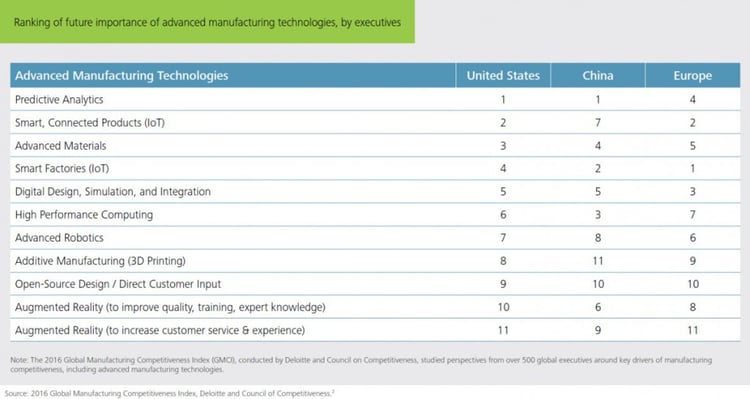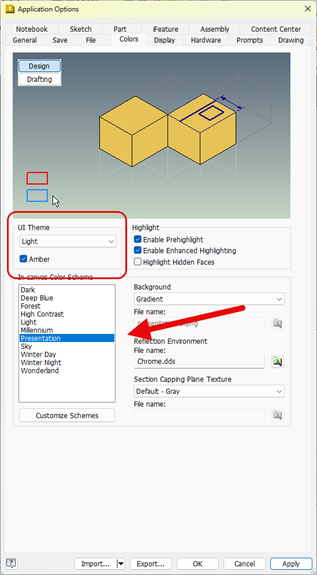The use of data is pervasive and it’s no exception in the engineering and manufacturing field.
The Industrial Internet of Things (IIoT) will reach over 25 billion devices by 2025. Every machine is now equipped with sensors that collect information about the manufacturing process.
Using these important data-capture points, combined with the power of advanced algorithms that can comb through large data sets to uncover trends and issues, engineers are now able to use predictive analytics to improve the manufacturing process like never before.

How Predictive Analytics Benefits the Engineering and Manufacturing Process
The ability to aggregate and clean data using today’s technologies means manufacturers can quickly generate actionable insights from a large amount of data gathered from different sources.
Predictive analytics helps improve many different business processes, including supply chain management, demand forecast, and internal operations.
In addition, predictive analysis using data collected from IIoT can play a critical role in ensuring a smooth and error-free manufacturing process.
Data can be analyzed to optimize machine utilization. The ability to proactively manage machine loss allows you to make redemptive decisions on what machines to bring online or shut off in order to prevent an issue in the production process.
Sensors in machines can send alerts that will prompt maintenance to help avoid easily preventable issues (e.g., a loose screw or a torn belt) that will halt the manufacturing process.
Such analytics can also help identify patterns associated with breakage or malfunction to prevent defects in machines from impacting productivity and efficiency.
You can also analyze the data and identify the best opportunities for improvement, thereby optimizing the ROI of the company’s capital investment.
Using Data To Predict Failure In the Manufacturing Process
With the millions of data points generated by IIoT, manufacturers can now identify sets of data points that can help predict failures before they occur so you can prevent downtime, unnecessary costs, and long-term damage.
Predictive analytics software, with its ability to process and analyze a large amount of data, is critical for extracting actionable insights from the information.
To maximize the use of analytics, you need to first separate the signals from the noise.
In most cases, failure in the engineering and manufacturing process is often a result of a chain of events. Along the way, thousands of digital signals are created.
The ability to identify the signals and pinpoint significant anomalies with the aid of data processing and analytics technologies allows you to single out issues before they cause a system-wide failure.
The use of predictive analytics doesn’t end with one single instance of failure prevention.
You can leverage the power of technologies to collate months, if not years, worth of data and build models that will help compare and contrast current real-world output to the historical records to improve the accuracy of the predictions over time.
Getting Ahead of Break-Fix Scenarios With Simulation Technologies
Making prediction often implies that you have already collected a large amount of performance data.
What if you’re designing or working with new equipment? What about understanding the implication of a proposed improvement before it goes into production? Or maybe you just want to prevent issues from happening in current machines?
Is there a way to minimize failure before they occur?
Thankfully, you don’t have to wait for failures to happen before you can collect data and act on the information.
The use of Autodesk Simulation software has allowed engineers and manufacturers to predict product behavior, test innovative concepts, and optimize designs early in the design and engineering process with the help of digital prototyping.
You can get ahead of the break-fix scenarios by validating the product and understanding the implications of your design choices before entering the manufacturing process.
Using simulation technology, it’s now possible to optimize design and validate product behaviors before manufacturing, make decisions early on in the product development process, avoid potential manufacturing defects, and accurately determine failure loads.
When using simulation to conduct predictive analysis, focus on generating data points that will help engineers extract insights on the impact of different parameters and drive informed design decisions, for instance:
- Understanding material sensitivities.
- Analyzing trade-offs.
- Removing excess materials.
- Evaluating motion envelops.
How To Get the Most Out of Predictive Analytics and Simulation Technologies
In order to generate the most pertinent insights and accurately identify issues in your engineering and manufacturing process, you need more than a piece of simulation software to create models and run scenarios.
The latest technologies need to be expertly combined with industry-specific insights and relevant historical product knowledge so you can define and test the right parameters.
With the help of an expert simulation service, you’ll be able to extract the most relevant insights to help minimize expensive prototypes, avoid field failures, and reduce excess costs.





Comments